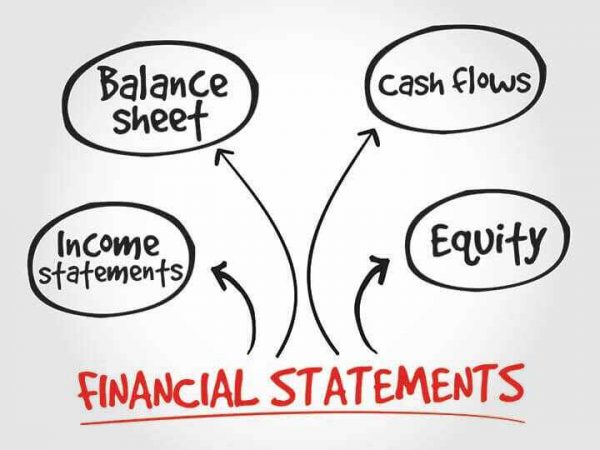Most business owners often use accounting to measure their company’s financial performance, and accounting is responsible for recording and reporting a company’s financial transactions. Also, business owners can use a variety of internal accounting reports for business decision purposes. Financial statements are usually the final output of the company’s accounting process and it reports the aggregate total of financial information included in the company’s general ledger.
Read more about Business
However there are three common financial statements which are the income statement, balance sheet and cash flow statement. Business owners use each statement to analyze various pieces of their company’s financial information. Most private companies and small businesses do not need to prepare financial statement, although, if they want to go public, a set of financial statements will come in handy.
Furthermore, the preparation of financial statements involves the process of aggregating accounting information into a standardized set of financials, and the completed financial statements are then distributed to management, lenders, creditors and investors, who use them to evaluate the performance, liquidity and cash flows of a business.
THE SEQUENCE FOR PREPARING FINANCIAL STATEMENTS
Preparing a financial statement is the last step in the accounting cycle before the cycle starts over in a new period, and after the accounts have been adjusted and closed, the financial statements are compiled.
It is important to note that financial statements are compiled in a specific order, because information from one statement carries over to the next statement. The trial balance is the first step in the process, followed by the adjusted trial balance and then the financial statement which includes the income statement, the balance sheet and the cash flow statement. .
- THE TRIAL BALANCE
The trial balance is the balance of all the accounts at the end of the accounting period. For example, if the business’s accounting cycle for May runs from May 1 through May 31, the balances at the end of business on the 31st become the entries for the trial balance.
- THE ADJUSTED TRIAL BALANCE
After the trial balance is complete, adjusting entries are made. Examples of accounts that often require an adjustment include wages payable, accumulated depreciation and prepaid office supplies. After the needed adjusting entries are completed, all the accounts are included in the adjusted trial balance and these totals are used to compile the financial statements.
Sign up to the Connect Nigeria daily newsletter
- THE INCOME STATEMENT
The first financial statement that is compiled from the adjusted trial balance is the income statement. Its name is self-explanatory, and it is the statement that lists the revenues and expenses for the business for a specific period. Revenues are listed first, and then the company’s expenses are listed and subtracted.
At the bottom of the income statement is the total. If revenues were higher than expenses then the business had net income for the period, but if expenditures were greater than the revenues, the business experienced a net loss for the period.
- THE BALANCE SHEET
One way of explaining the balance sheet is that it includes everything that doesn’t go on the income statement. The balance sheet lists all the assets and liabilities of the business. For example, assets include cash, accounts receivable, property, equipment, office supplies and prepaid rent. Liabilities include accounts payable, notes payable, any long-term debt the business has and taxes payable.
Owner’s equity is included on the balance sheet and it should prove that the accounting formula “Assets = Liabilities +Owner’s Equity” is in check because the asset side should equal the combined totals of liabilities and owner’s equity.
- CASH FLOW STATEMENT
The cash flow statement consists of three sections: Operating, financing and investment. Each section of the cash flow statement lists the cash inflows and outflows from specific items. The operating section includes depreciation, net income adjustments and changes in accounts receivable, liabilities, inventories and other operating items. Investing includes capital expenditures and investments, and under financing includes information on dividends, stock, external financing and a miscellaneous section. The ending cash flow should be equal to the amount of cash the business has in hand.
Featured image source: LegalZoom
Got something you want to read about on our platform? Contact us: [email protected]


